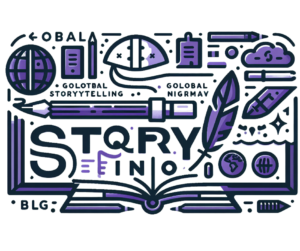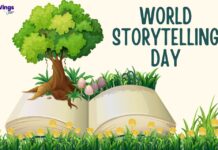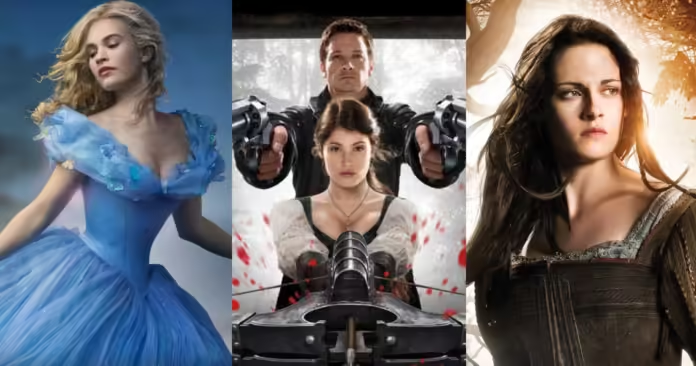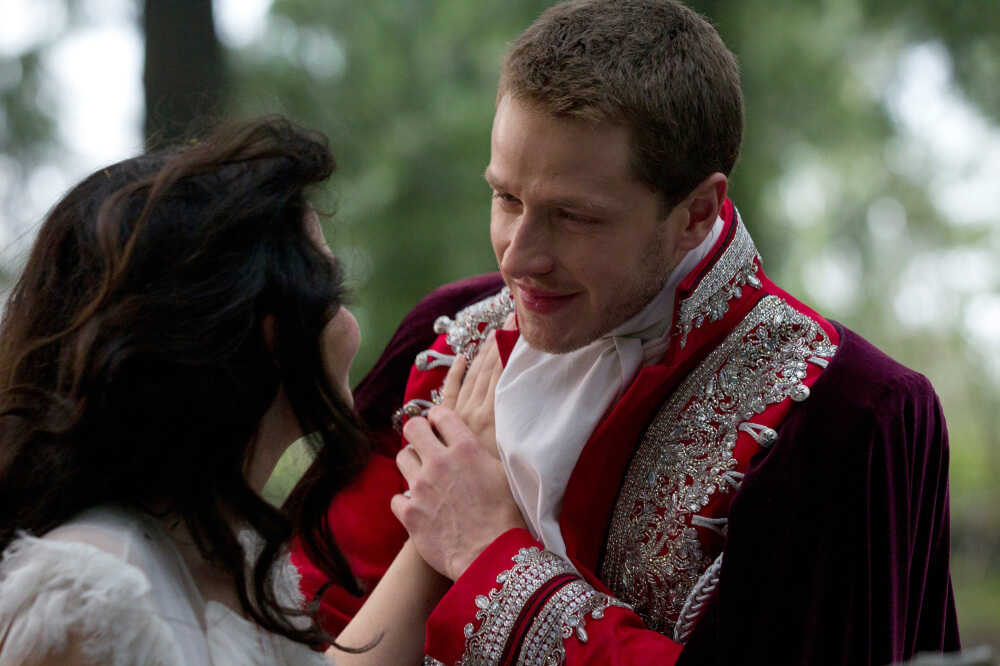 Back in fairy tale time, before they’re catapulted into our world by the queen’s curse, Ginnifer Goodwin and Josh Dallas are Snow White and Prince Charming.
Back in fairy tale time, before they’re catapulted into our world by the queen’s curse, Ginnifer Goodwin and Josh Dallas are Snow White and Prince Charming.
In recent years, fairy tales have undergone a remarkable transformation, evolving from classic bedtime stories into vibrant, contemporary adaptations that captivate modern audiences. This revival is not merely a trend but a testament to the timeless appeal of these narratives and their ability to adapt to the changing tastes and values of society. In this article, we will explore how modern adaptations of fairy tales are enchanting audiences around the world, the factors contributing to their success, and what this resurgence means for the future of storytelling.
The Timeless Appeal of Fairy Tales
Fairy tales have long been a staple of human culture, transcending geographical and cultural boundaries. Originating from oral traditions, these stories were passed down through generations, often carrying moral lessons and cultural values. The enduring charm of fairy tales lies in their ability to blend fantasy with universal themes such as love, bravery, and the triumph of good over evil. This timeless appeal provides a solid foundation for their modern reinterpretations.
Modern Adaptations: A Fresh Take on Classic Tales
Modern adaptations of fairy tales bring these age-old stories into contemporary contexts, making them relevant to today’s audiences. Several factors contribute to the success of these adaptations:
- Diverse Storytelling: Modern adaptations often embrace diverse perspectives, reimagining classic tales with inclusive characters and settings. For instance, Disney’s “Moana” offers a fresh take on the hero’s journey, incorporating Polynesian mythology and celebrating indigenous cultures. Such adaptations resonate with a global audience, reflecting a more inclusive and representative world.
- Innovative Narratives: Contemporary retellings frequently experiment with genre and narrative structure. For example, the television series “Once Upon a Time” blends various fairy tale characters and plotlines into a complex, serialized narrative. This innovative approach appeals to viewers who enjoy intricate storytelling and interconnected plots.
- Modern Values: Modern adaptations often address current social issues and values. Films like “Frozen” challenge traditional gender roles and promote themes of sisterhood and self-empowerment. By incorporating contemporary values, these adaptations not only entertain but also engage audiences in meaningful conversations about identity and equality.
- High-Quality Production: Advances in technology and production techniques have elevated the visual and auditory experience of fairy tale adaptations. Stunning CGI effects, elaborate costumes, and immersive soundscapes enhance the magical quality of these stories, drawing audiences into fantastical worlds with unprecedented realism.
Case Studies: Modern Fairy Tale Success Stories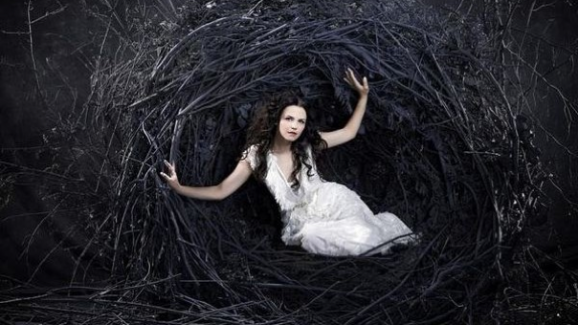
To illustrate the impact of modern fairy tale adaptations, let’s examine a few notable examples:
- Disney’s Live-Action Remakes: Disney has been at the forefront of reviving fairy tales with its live-action remakes of animated classics. Films like “Cinderella,” “Beauty and the Beast,” and “Aladdin” have successfully reintroduced these beloved stories to new generations, combining nostalgia with fresh interpretations. These adaptations often feature updated scripts, diverse casts, and enhanced visual effects, ensuring they resonate with contemporary audiences.
- “The Huntsman: Winter’s War”: This film, a prequel to “Snow White and the Huntsman,” expands on the classic Snow White tale by delving deeper into the backstory of its characters. By adding layers of complexity and exploring new plotlines, it offers a more nuanced take on familiar fairy tale elements.
- “Maleficent”: This film reimagines the iconic villain from “Sleeping Beauty,” presenting her story from a sympathetic perspective. By exploring the motivations and backstory of Maleficent, the film challenges traditional notions of good and evil, providing a fresh and engaging narrative.
The Impact on Audience Engagement
The revival of fairy tales through modern adaptations has a significant impact on audience engagement:
- Emotional Connection: By updating fairy tales to reflect contemporary issues and values, modern adaptations create deeper emotional connections with audiences. Viewers see themselves and their experiences reflected in these stories, fostering a sense of identification and resonance.
- Cross-Generational Appeal: Modern adaptations bridge generational gaps, allowing both adults and children to enjoy the same stories. Parents and grandparents who grew up with classic fairy tales can share these updated versions with younger generations, creating shared experiences and fostering family bonds.
- Global Reach: The diverse and inclusive nature of modern adaptations broadens their appeal to international audiences. By incorporating elements from various cultures and addressing universal themes, these adaptations transcend cultural boundaries and resonate with viewers worldwide.
The Future of Fairy Tale Adaptations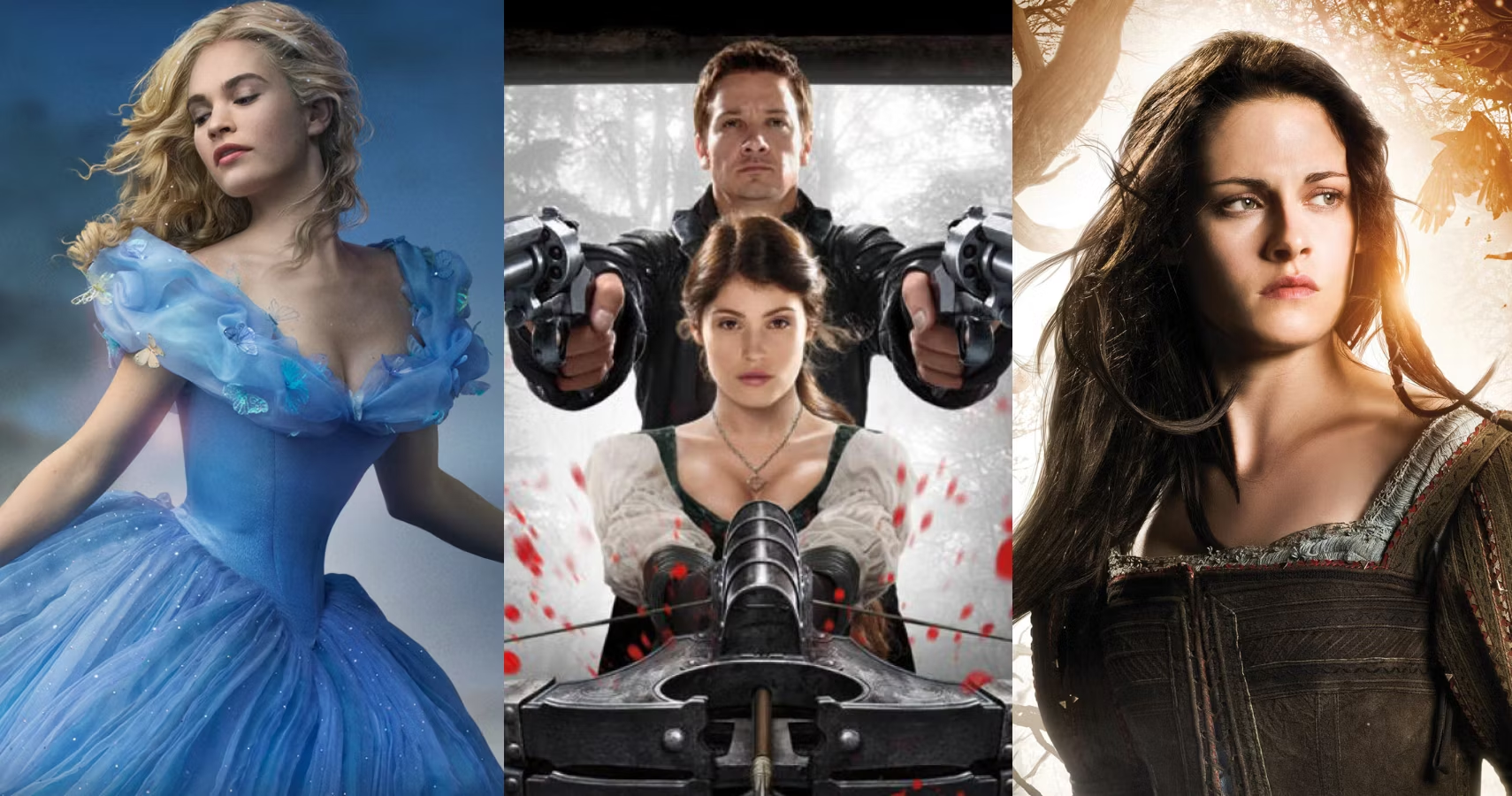
The revival of fairy tales shows no signs of slowing down. As storytelling continues to evolve, we can expect to see even more innovative adaptations that push the boundaries of traditional narratives. The future of fairy tale adaptations will likely involve:
- Interactive Experiences: With advancements in technology, interactive storytelling experiences such as virtual reality (VR) and augmented reality (AR) may become more prevalent. These technologies offer immersive ways for audiences to engage with fairy tales, allowing them to explore and interact with magical worlds in unprecedented ways.
- Collaborative Projects: Collaboration between creators from different media and cultural backgrounds may lead to unique and diverse fairy tale adaptations. Such collaborations can bring fresh perspectives and innovative ideas to classic stories, further enriching the genre.
- Environmental and Social Themes: Future adaptations may continue to explore environmental and social themes, reflecting growing concerns about sustainability and social justice. By addressing these issues within the context of fairy tales, creators can contribute to important conversations and inspire positive change.
Conclusion
The revival of fairy tales through modern adaptations demonstrates the enduring power of these stories to captivate and inspire audiences. By embracing diverse perspectives, innovative narratives, and contemporary values, these adaptations breathe new life into classic tales and ensure their relevance in a rapidly changing world. As we look to the future, it is clear that fairy tales will continue to evolve, enchanting audiences with their timeless magic and boundless imagination.

